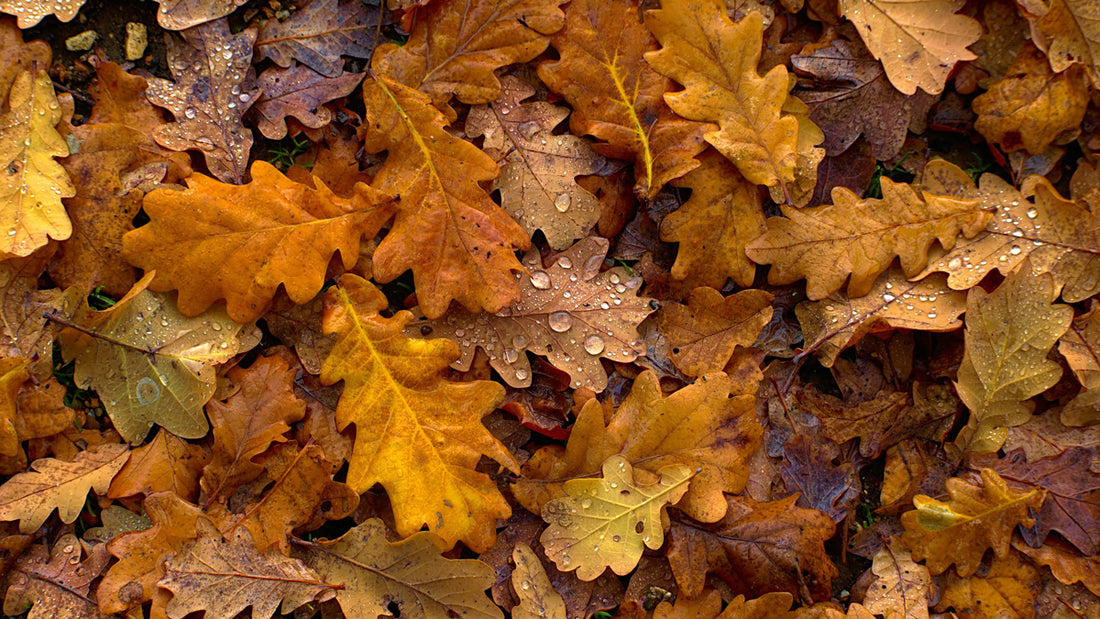Most organic materials will convert into compost in one to twelve months, depending on how many of the following basic principles are followed.
The Ratio
To achieve the optimum ratio of carbon to nitrogen (about 28:1) you need about equal parts of nitrogen-rich GREENS and carbon-rich BROWNS. GREENS include grass cuttings, young leaves, plants, weeds, food wastes, seaweed and manure, and cause the pile to heat up faster. BROWNS include straw, old leaves, plants, weeds, sawdust and cornstalks, and supply the necessary balance.
Mixing
The more they are mixed the better, and one easy way is to put them in thin layers. For example, alternate layers of BROWNS and GREENS interspersed with kitchen waste and perhaps a little old manure or compost would be excellent. Grass, in particular, composts best when well mixed with coarse BROWNS to keep it from matting. Achieving the ultimate may require stock-piling some material in a separate pile, or even better in a second or third Speedibin where it is vermin proof. Leaves and coarse materials decay faster when mulched in a shredding machine or by running a rotary lawn mower over them and collecting the particles in a bag.
Aerating
Air is essential to non-smelly action. The Speedibin is just the right height for turning over the top layer with a pitch fork or using an aerating poker to get the lower parts. Push to the bottom, twist, and pull it up. The pile keeps shrinking but as you continue to add material, it reaches a stage where the bin is full and you should leave it. If this aerating is done several times a week during the lawn cutting season and the other principles are followed, you should have compost in a month from the last fill-up. To speed the action even more, remove the door, and fork the material from one bin into a second bin once or twice during the composting period.
Moisture
Too much or too little water spoils the brew. Inside materials should look like a wrung- out sponge with no water drops and no dry places. If necessary, sprinkle lightly with water. It is generally best always to keep the lid on. It keeps moisture and heat in, rain and creatures out. Rapid decaying such as after a lawn cutting will produce moisture which will condense on the underside of the lid. This is good, but if the material gets too wet, leave the lid ajar for a day of extra drying.
Heat
Decaying organics produce heat and the more such heat, the faster the action. Larger volumes produce more heat. So, if you want extra fast action, add the components all at once (at least half a bin full), mix them well and aerate them frequently. Chemical compost starters are not necessary though a little well-rotted animal or bird manure, compost or bone meal may speed it slightly. It is interesting to measure the temperature in the middle of the pile with a soil thermometer or from the feel of an inserted steel poker. If the temperature exceeds 60 C (140 F) most weed seeds will be killed.
What to Compost
If you are careful to exclude a few harmful materials, most kitchen and garden organic wastes make good compost material, vegetables, fruit, tea bags, coffee grounds, crushed eggshells, grass, plants, leaves, seaweed, sawdust, small amounts of paper, weeds if they have not gone to seed, etc. Woody or large material should be shredded with a machete, a lawn mower or a shredding machine. Thin layers of wood ashes add potash to the pile. Manure and other fertilizers can be used to enrich the mixture. Earthworms, especially red wrigglers, are good for the compost.
What Not to Compost
Do not add any fat, animal wastes or litter, human waste, diseased plants or vegetables, sludge, mud, gravel, BBQ ashes or coals, invasive plants, coloured paper, non-biodegradable or toxic materials. It would be a shame to spoil the brew with any of these undesirable materials.
How to Use Your Finished Compost
Compost is perhaps the best soil additive you can apply to your garden and can generally be used anywhere. It improves the texture, the chemical content and adds needed micro-organisms. To remove compost before the whole bin is fully converted, slide up the front door partly and shovel out finished compost from the bottom. If you have two Speedibins, you can leave one to finish “cooking” while you work on the second. When the second is full, the first will probably be ready for using. Remove the door and shovel the compost into a wheelbarrow to take it to the vegetable or flower gardens, etc. You may wish to use a course screen to remove the larger pieces, which can be returned to the bin for a second processing.

